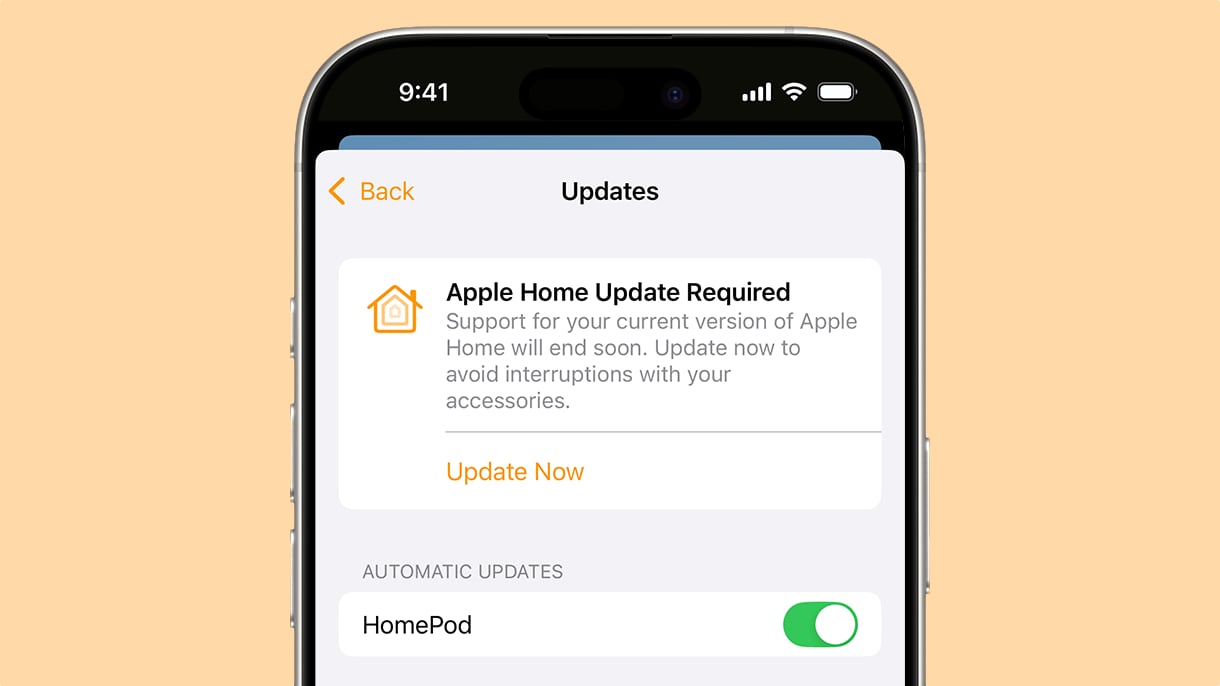The past, present and future of sustainable digital infrastructure
[[{“value”:”
The amount of data we use is rising rapidly. In fact, by 2025 the volume of data created, captured, copied, and consumed worldwide is predicted to reach 181 zettabytes, more than quadrupling 2019 figures. As data volume increases, data centers must keep up with demand and respond to evolving needs — but this raises new challenges.
Creating sustainable digital infrastructure that can cope with these new requirements is a tricky task. Increased power consumption, cooling needs, and new construction can call the green credentials of data centers into question, with sustainability now a key priority for all major stakeholders.
However, are data centers the catalyst for sustainable change? And what should they be doing to play their role in the climate fight? We take a look at the past, present, and future of sustainable digital infrastructure, and how we can minimize the environmental impact of data centers for good.
Where have we been and where are we now?
In the 1990s and 2000s, demand for data centers was minimal. Primarily used by content providers to host companies and e-commerce sites, their energy consumption and emissions were relatively low. Now, data centers consume huge amounts of energy to support new technologies like cloud, AI, and quantum computing that have an increasingly large impact on the planet. A hyperscale data center can require around 150 MW of grid capacity and consume hundreds of GWh of electricity annually. Add 2023’s boom in generative AI into the mix, and the carbon footprint of data centers will only increase.
For instance, the AI industry alone could consume as much energy as the Netherlands by 2027. Data centres are currently responsible for 1% of energy-related global greenhouse emissions with the IEA signalling that improvement is needed in this space. The environmental impact of data centres must not be underestimated. In line with the Paris Agreement, hyperscalers must set their own tangible targets to decrease their impact on the planet, as well as supporting their customers’ net-zero strategies. However, not all data centers are as ahead of the curve as others.
What should DCs be doing?
DCs have a responsibility to up their environmental game. Not only to meet the needs of the upcoming EU Corporate Sustainability Reporting Directive (CSRD) and EU Taxonomy but also to win the business of those with clear sustainability strategies in place. There are many areas where DCs can improve their green credentials, including energy, waste, and biodiversity. Hyperscalers are in a prime position to source renewable energy, implement more efficient or less harmful cooling equipment, and harness waste energy to keep emissions and environmental impact down. But considerations for the environment often end here.
True decarbonization requires tangible net-zero strategies, achieved through collaboration with customers and suppliers. With the CSRD and Scope 3 tracking, data centers need to be more aware and conscious of third-party emissions than ever before. Being on the same sustainability journey as partners goes one step further, ensuring that ESG is not just a tick-box exercise. Ultimately, your efforts can be negated when green initiatives are overshadowed by unsustainable partners. The value chain must be analyzed and partners must be engaged in important conversations to align sustainability goals and priorities.
What will the future of DCs look like?
Science-based, measurable goals create a clear view of the path ahead. There will always be uncertainties with long-term targets, with new regulations, laws in different nations, and global events throwing a spanner in the works. However, when DCs create a science-based roadmap and feasible targets, this short-term uncertainty is unlikely to put long-term goals at risk.
One element that will become more important in the future is DCs’ embedded carbon footprint. Likely to play a large role in reporting, this includes metrics that cover the whole lifecycle of a data center from shipping materials to construction to operation. For complete transparency, more thorough data is needed from the start of a data center project to ensure sustainable practices are baked in from a project’s inception. Monitoring usually takes place from the on-switch, but this doesn’t account for the environmental impact of the whole value chain.
This makes supplier evaluation and partner choice even more important. One data center provider can only do so much, it’s up to all the players in the market to work together to drive a bigger impact for the overall industry. Furthermore, digital infrastructure operators must work with partners and customers to align on sustainability as a core part of strategy.
With the boom in AI and the increased need for data centers, we must be cautious that racing to keep pace with innovation doesn’t push sustainability down the priority list. It is important for businesses to consider the environmental impact of their data, and to choose the right partner who can help in achieving a net-zero status throughout their operational network. When managed correctly, data centers can, and should, be a key player in the climate fight. Sustainability will soon be a key differentiator, and as collaboration increases to fulfil reporting regulations, choosing the right partners to reach net-zero targets will be vital.
We’ve featured the best productivity tool.
This article was produced as part of TechRadarPro’s Expert Insights channel where we feature the best and brightest minds in the technology industry today. The views expressed here are those of the author and are not necessarily those of TechRadarPro or Future plc. If you are interested in contributing find out more here: https://www.techradar.com/news/submit-your-story-to-techradar-pro
“}]]







